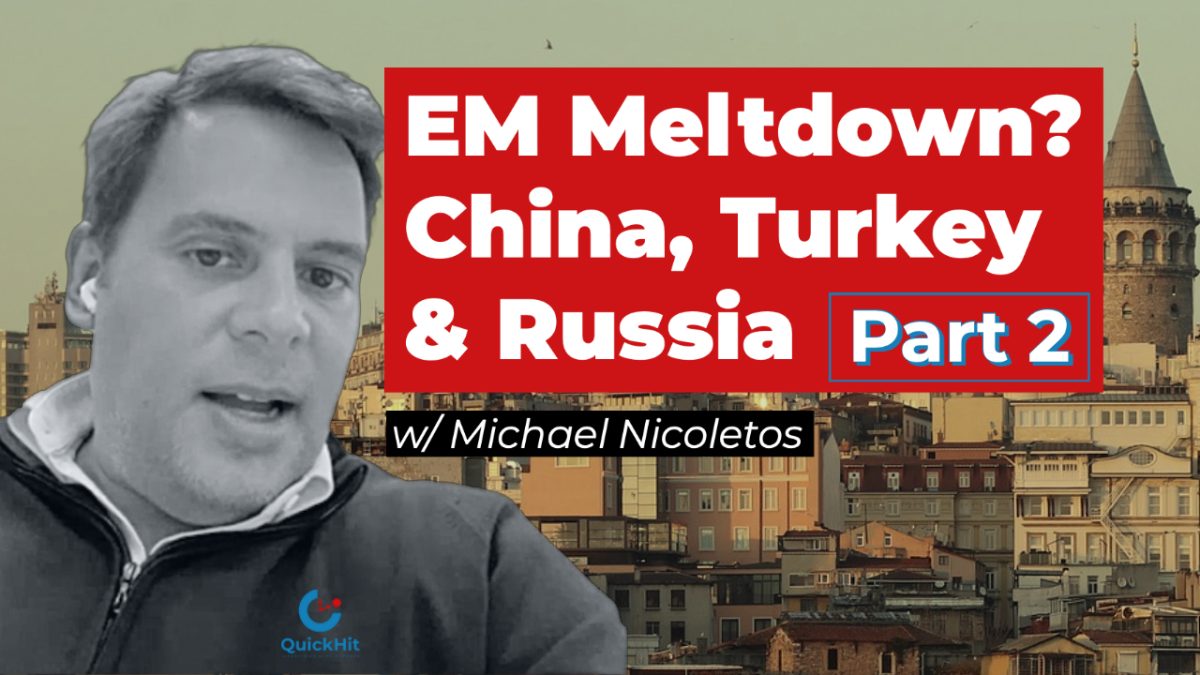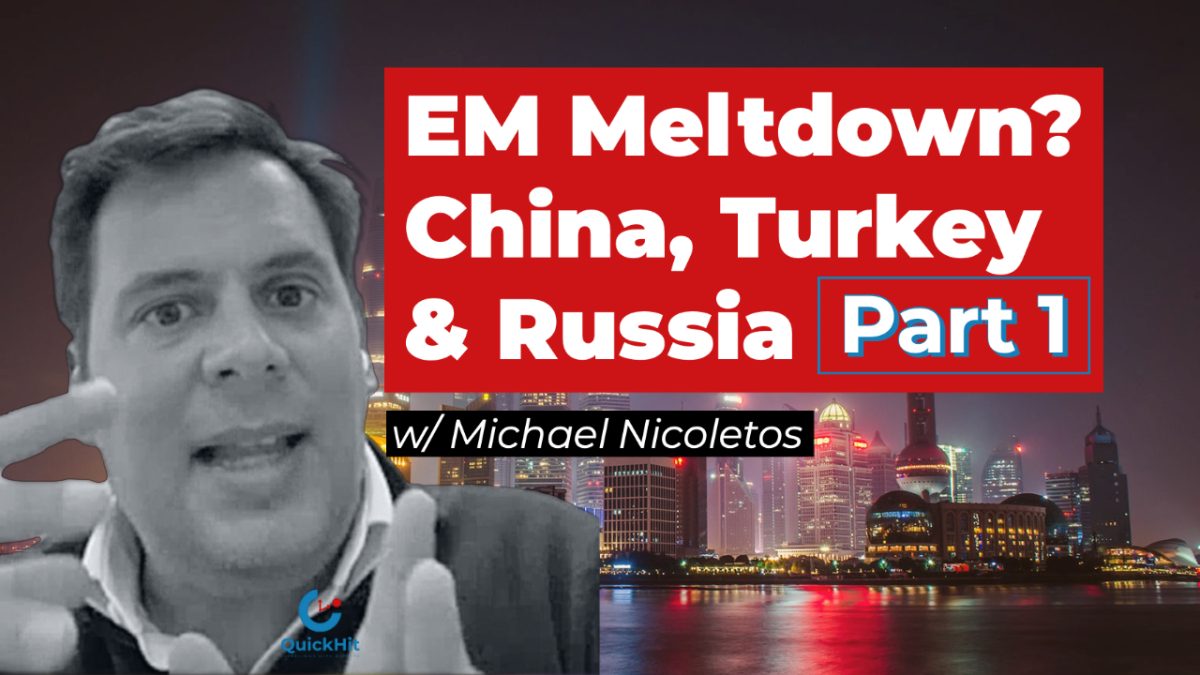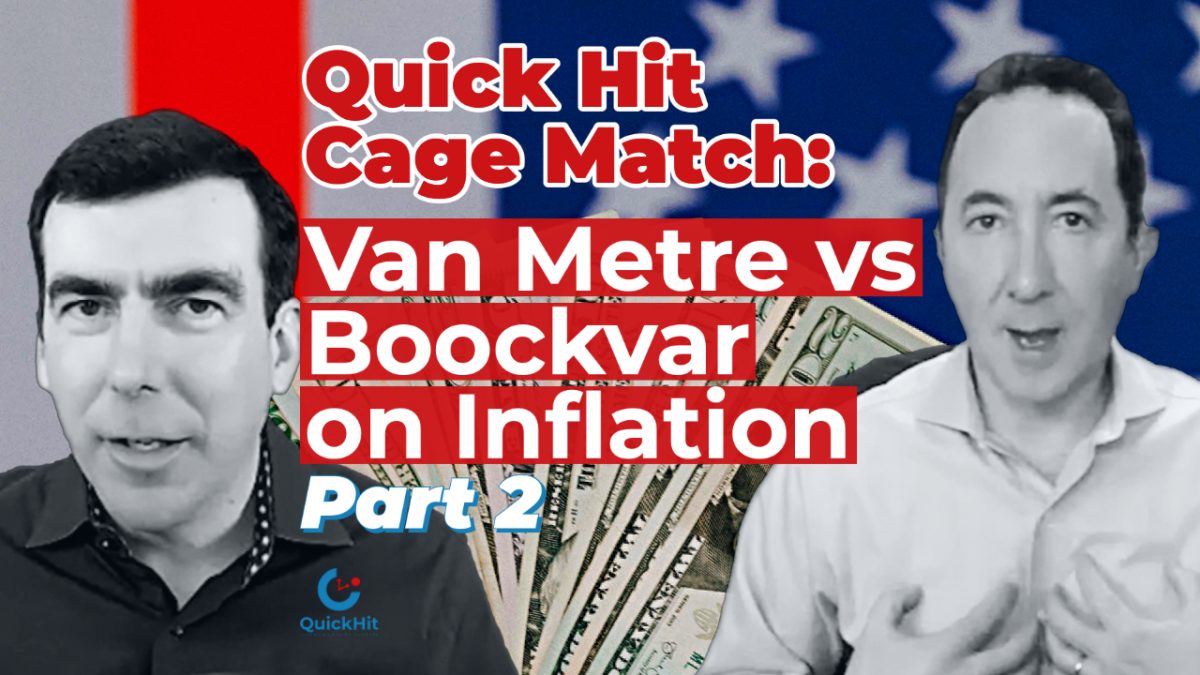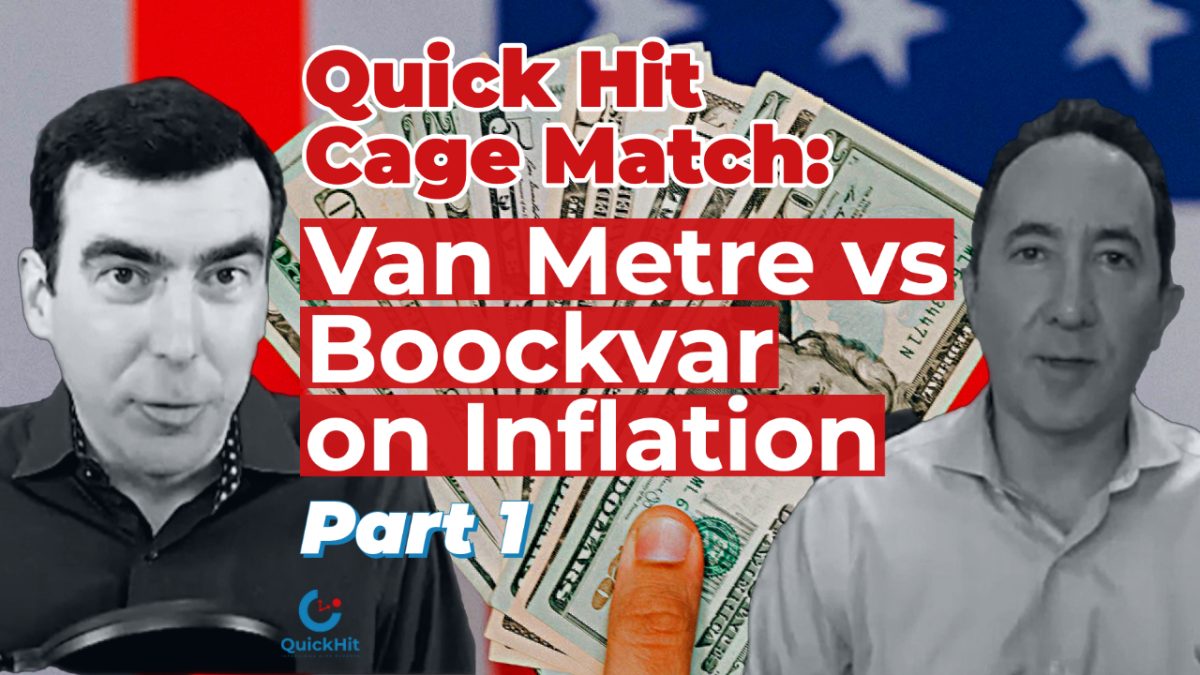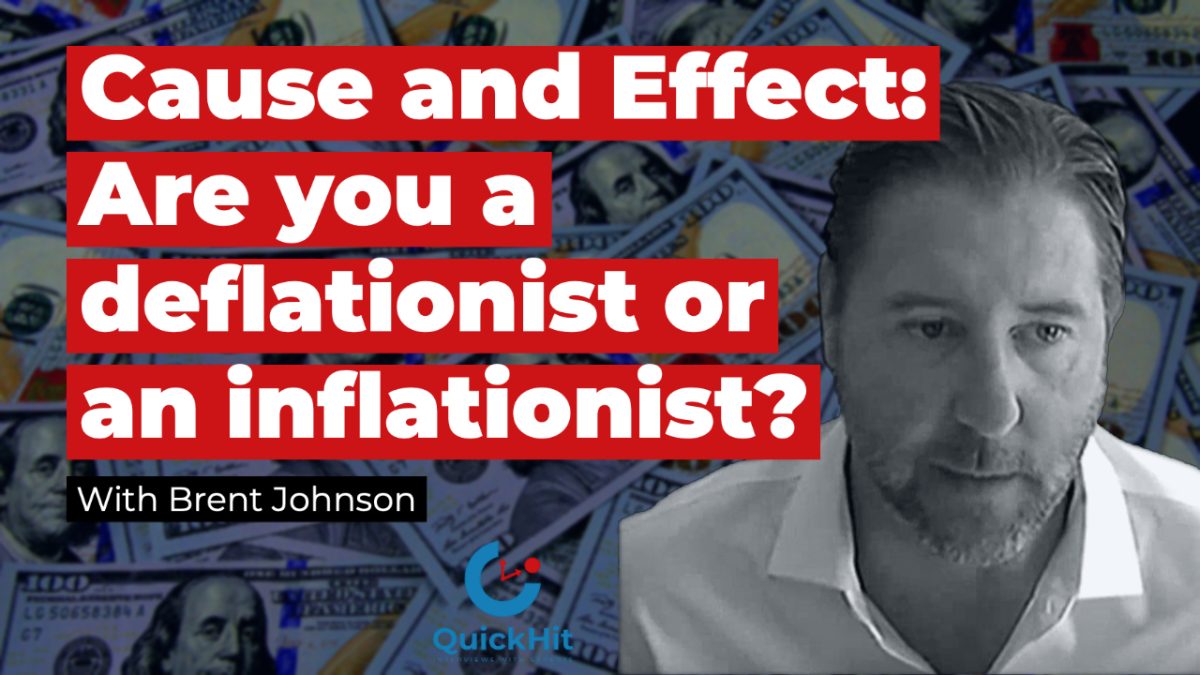BBC Business Matters is joined by our founder Tony Nash for this episode to talk about US’s $3.5 trillion spending plans. Will it get approved before the G20 meeting in Glasgow? Also discussed are the energy crisis with very high gas prices and Russia’s use of energy as a political weapon against Europe. Has Houston changed because of the pandemic and discussion on climate change?
This podcast was published on October 28, 2021 and the original source can be found at https://www.bbc.co.uk/sounds/play/w172xvqltqn8n2y.
BBC Business Matters Description:
There are intensive discussions on Capitol Hill to try and break the deadlock over his proposed $3.5 trillion spending plans. Those plans have lead to deep divisions in his own Democratic Party. So how close to a deal are we? We get analysis from Natalie Andrews, Congress Reporter for the Wall Street Journal. And is Russia using energy as a political weapon? The question is frequently asked in Europe and it’s now being asked in Moldova, a former Soviet Republic that’s been trying to move away from Russia’s orbit and develop closer ties to the EU. It follows the decision by the Russian state-owned gas company Gazprom to reduce supplies to Moldova and to threaten to suspend them completely. Moscow correspondent Steve Rosenberg has been to Moldova to find out what’s behind the latest gas crisis. Also in the programme, we look at why has the iconic French fashion house Jean Paul Gaultier – known for cone-shaped corsets worn by Madonna for example – decided to allow people to rent some of its most iconic pieces? And Fergus Nicoll investigates what efforts are some cities making to combat climate change. And we’re joined throughout the programme by Tony Nash Tony Nash of Complete Intelligence in Houston, Texas and Jeanette Rodrigues, South Asia Managing Editor of Bloomberg in Dubai.
Show Notes
RT: Tony Nash, founder of the Complete Intelligence, is based in Houston in Texas. And I would imagine, Tony, that you’ve been watching a bit of baseball over the last few days.
TN: Just a little bit Rahul. Thank you.
RT: And if it’s been good for you so far.
TN: Well, up until last night, it was pretty good. It’s the World Series Baseball Championship. The Houston Astros are in the final two teams playing for the Championship.
RT: And the reason they didn’t go so well because I don’t think they won their first game that we may have talked to Tony a little bit more about that in the program.
Tony, can I come to you here first? Because we heard from the Moldova and government Minister. They’re saying, “Look, I can’t predict where gas prices are going to be in two months time.” As much as of the Northern Hemisphere goes into winter. Gone. Has the guest for us. Where do you think gas prices are going to be higher or lower than where they are now? Because they are very high, aren’t they?
TN: Gas prices continue to rise for at least the next two months, if not into, say, February. So we have tight gas supplies now. We have growing demand now. We have people, a lot of whom are in their house all day, so they have to heat their house where they would normally be in an office, those sorts of things. So it’s an issue that we haven’t really had to face for quite some time. At the same time, we’re seeing inflation in other areas hitting people’s pocketbooks. So I think it’s sensitive in a way that many, many people could not have seen.
RT: President Biden is leaving for the G20 summit in Rome. Then, of course, he’s coming to Glasgow. The COP26. Will you have a deal? Do you think, Tony before he departs American shores?
TN: I don’t think so. There’s a problem with paying for it. And it’s really strange to hear someone say that Democrats are saying they’ll literally vote for anything that goes to the floor, which tells me they’re pretty desperate for something. They’ve tried things like what they’re calling a billionaire tax, which is actually a tax on income of even things that are in your retirement account portfolio.
RT: But is that not a bad idea maybe to try and generate some money? A lot of our listeners will be thinking it’s quite surprising that America doesn’t have paid family leave already?
TN: Well, companies do offer people time off and paid time off when they have a child or something like that, or when there’s a sick family member or something like that. So it’s not something that doesn’t happen here in America. I think somehow it’s being portrayed that Americans don’t do that. It’s not 8 to 12 weeks or something like it is in Europe. But there is time off for that sort of thing. So we’re just in a different place in our social development and we prioritize different things thanEurope. So I think the US is not Europe. The US will never be Europe, or it’ll be a long, long time before it’s Europe. And American taxpayers aren’t willing to pay for that. So they have to find a way to pay for it. And the problem is they can’t find a way to pay for the programs that they want in the bill.
RT: So what’s the soultion going to be here because there will have to be that always is.
TN: A smaller bill. That’s it. I mean, it’s going to be a smaller bill. It’s going to be a trillion, maybe slightly more, something like that, which… I just want to repeat that and say it slowly, a trillion dollars. Okay. So let that sink in. This is not small money. Okay. And it’s a very political tactic to aim very high and then act like you’re disappointed when it comes in at a third of that. But it’s still a TRILLION dollars. Okay. That’s less than the entire bailout of the global financial crisis in the US economy, which was 860 billion or something like that. So it’s less than that entire bailout. So it’s huge money.
RT: It is a lot of money. Let’s look at where you are, Tony, because you’re in Texas, a region synonymous, really, with oil and with gas. As we see these prices increasing so dramatically, do you think that people within those industries, then look at it and think maybe they have a longer shelf life then some people thought they were going to do with that movement to renewables?
TN: Oh, yeah, I think they do. I don’t think hydrocarbons are going away, partly because every plastic that you use is made from hydrocarbons. When Greenpeace protested a vessel, they used a plastic boat to protest. Plastics aren’t going away. I think that the bigger issue that you raised is energy as a political weapon. And I think Russia using energy as a political weapon toward Maldova, toward Europe, toward China, toward other places, I think is a reality that we face when you face tight supplies.
RT: Do you think Europe was naive here in some respects, because if you look at it now, with so much of Europe and Europe dependent on Russian gas supplies, this was always going to be a possibility, if not a probability.
TN: Absolutely. Yes. So, look, I live in Texas. We sell oil and gas to the world. If we had a captive market, we would be tempted to charge higher prices. But we sell to markets all over the world in a competitive system. Europe locked itself into the agreement with Russia, and we could have a long discussion about this. But Europe locked itself in, and so they’re captive. And that’s a huge problem for Europe. And that’s one that Angela Merkel’s and others got Europe into. And conveniently, they’re not going to be around to get them out because they’re out of office. So it’s a really convenient agreement that they came to just in time for them to go out of office.
RT: Let’s go to Houston, Texas. And, Tony, are you seeing Houston change very much, whether that’s a consequence of the pandemic, whether that’s because of a debate about the climate?
TN: So we have obviously a lot of very large oil and gas firms here. And there is a lot of investment in alternative energy sources by those players. So you could argue that it’s just an ESG play for the equity markets. But I think there is sincerity within the companies to be the sources of energy, not necessarily just to be the source of oil and gas.
RT: What if they put in? Do you have no car zones in Houston? How would that go down with the public there?
TN: Houston is a pretty spread out town. So there are some streets that are no car streets, but it’s not large areas, and it’s in very small kind of old-ish parts of town. But other towns? Yeah, absolutely. Up in Dallas, other places, Austin, definitely. There are no car zones in those towns as well. Houston is just a very spread out town. And so it’s very hard to do here.
RT: Tony, let’s come to you first. Let’s ask you, what are you wearing at the moment, Tony, are you wearing a smoking tuxedo jacket? I hope you’re wearing something.
TN: I am head to toe couture. I mean, everything I wear every day is couture. I’m kidding. I’m just in a light blue shirt and jeans. Just came straight from work. But when I think about this business, your guest described negotiate Close as rich and sexy. That describes me perfectly. So of course, I’m going to be a customer.
RT: Okay, let’s get a bit more personal if you are married, if you don’t mind me asking, of course. What did you wear on your wedding day?
TN: Well, this was in the 90s. I wore a Hugo Boss tuxedo. My wife wore a custom dress. So we were married in Sausalito, California. It was a wonderful day.
RT: I’m sure it was. And I suppose you could afford to do that. But if you couldn’t have afforded that, would you now, if you’re going to get married again? Clearly, hopefully not. But would you consider renting something expensive that you couldn’t be able to afford?
TN: Yeah. Why not? Sure if I wanted to. I would absolutely do it.
RT: Tony, next time you’re on Business Matters, we expect you to be in your wedding suit and we expect pictures to be posted as well. Do you think it does? I know what you’re talking about, Jean Paul Gaultier. Do you think it does diminish the brand if they’re renting some of those close out? Does it lose a little bit?
TN: I think right now with kind of the borrowing culture that we have the renting culture, I really don’t think it loses anything. I think people want the experience of doing something nice, wearing something nice, eating something nice and I don’t think it diminishes at all. I think when I was in my 20s, owning it was necessary. Now I think people are happy to rent.
RT: That’s is a very good point. Thank you, Tony. Thank you, Jeanette. If you want to listen to something nice tune into Business Matters, we’ll be back. Same time. Same place tomorrow. Bye.

